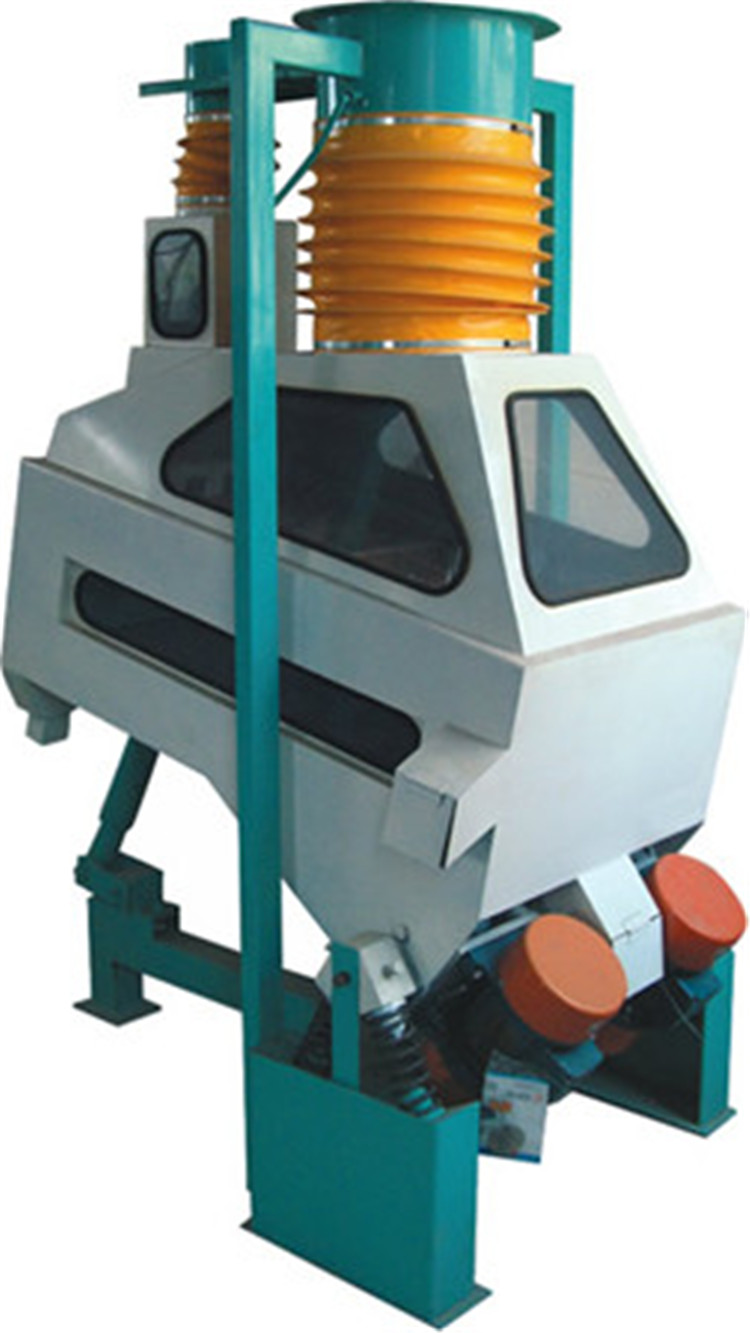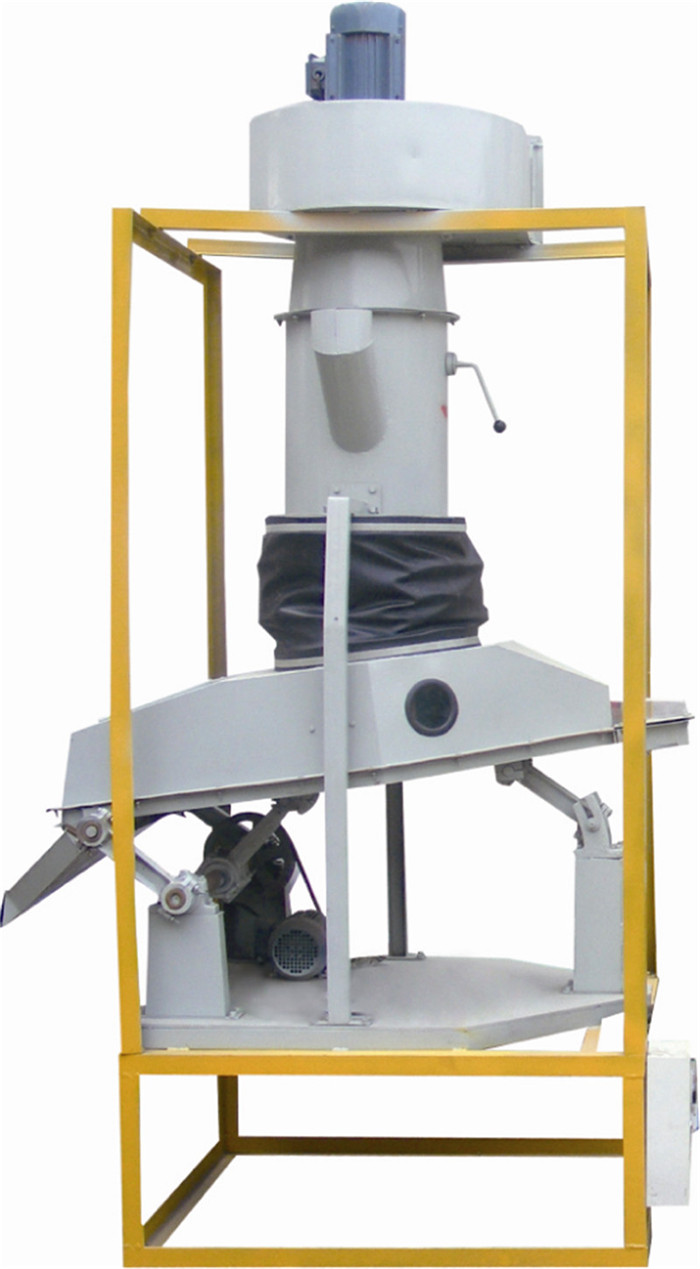Application of formula fertilization on vegetables
I. Requirements for major nutrient elements in vegetables As with Other crops, the most important soil nutrient elements are nitrogen, phosphorus and potassium.
(1) Nitrogen and nitrogen are the main components of protein and chlorophyll, affecting plant growth and photosynthesis. Nitrogen is needed during the whole growth period of vegetables, especially leafy vegetables. Nutrition is provided when the supply of nitrogen fertilizer is adequate, the chlorophyll content is higher, the leaf color is greener, the functional period and the life span are longer, and the material basis is laid for increasing production.
(2) Phosphorus and phosphorus can promote the development of reproductive organs, so that crops mature earlier. Phosphorus deficiency, young teeth and roots weakened, plants were short and fewer branches. Therefore, fruit and vegetable fruits and vegetables are more in need of phosphorus, and the effect of applying phosphorus fertilizer in seedling period is obvious. When the phosphorus fertilizer is sufficient, the vegetable grain is plump, and the root and tuber starch content is high, and the sweetness of the fruit is increased. Phosphorus can promote the absorption and utilization of nitrogen by plants. In soils deficient in phosphorus, the effect of single application of nitrogen fertilizer is not good, and it must be applied in combination with phosphate fertilizer.
(3) Potassium plays a major regulatory role, is an essential element of plants, and requires a large amount. Potassium is sufficient to promote the development of mechanical tissue, so that the strong advantages of the stem to this, and enhance disease resistance. Potassium can also promote photosynthesis, and in the absence of sunlight, the effect is more pronounced.
Second, the fertilization of vegetables Fertilization of vegetables is characterized by a large number of organic fertilizer, a reasonable balance with the fat (loop or compost) and fine fertilizer (dry manure, grass ash), appropriate amount of fertilizer. The fertilization method is a combination of basal fertilizer and topdressing, and the whole garden is combined with locals to keep the soil structure well and to meet the nutrient requirements of the vegetable in each growth stage.
(1) Base fertilizer and top dressing 1 Base fertilizer is also called base fertilizer and is a basic fertilizer for vegetables. Organic fertilizers are generally used as the main source of organic matter in the soil and have the effect of improving the soil. The application amount of basal fertilizer generally accounts for 1/3-1/2 of the total amount of fertilizer applied. The basal fat is divided into coarse and fine manure, and the coarse manure is generally applied in the soil before turning and smashing, and the fine manure is mostly applied to local furrows or holes. Base fertilizer should be appropriate with the appropriate amount of phosphorus through phosphorus with calcium or grass ash and other phosphorus and potassium fertilizers to increase fertilizer efficiency. In order to make the seedlings quickly obtain the effect of nitrogen fertilizer, when the basal fertilizer is used locally before planting or sowing, a certain amount of available nitrogen fertilizer can be added, and the green leafy vegetables with short growing period have more obvious effect, and generally use urea per acre. Not more than 4 kg. Organic fertilizer is used as a large amount of basal fertilizer, generally 2500-3000 kg per mu.
2 Topdressing, also called supplemental fertilizer, is a supplementary fertilizer for vegetables. Different vegetables, the top dressing method is different, generally according to the "appreciation at the seedling stage, the medium-term multiple application, the appropriate amount of late application" principle to grasp the amount. The fertilizer application rate is generally 1/3-1/2 of the total amount of fertilizer applied. Top dressing types include manure, manure, cake, grass ash and fertilizers such as ammonium sulfate, urea, calcium phosphate, and potassium sulfate. Top dressing should be based on the characteristics of various vegetables and the conditions of the climate, soil, and vegetable crops themselves. The climate is more stubborn, the soil is more dry, the top dressing concentration should be smaller, but the frequency of topdressing can be appropriately increased; when the climate is cool and the soil is moist, the top dressing concentration can be slightly larger, and the frequency of topdressing can be reduced.
(2) Fertilization method and period Fertilization method depends on fertilizer type and cultivation method. In the case of large rows, large plant spacings, high-quality organic fertilizers or chemical fertilizers, the use of acupuncture points or strips should be adopted, and irrigation should be carried out with cover soil after application; human urine and quick-acting fertilizers, especially in the case of flooding, should be broadcasted. The general use of water facilities. For raw food, human fecal urine is prohibited when fertilizing water.
Correctly grasping topdressing time has a very important role in improving production and improving quality. Between the different organs of the same plant, or between the same organs in different locations, there is growth after the first. The supply of fertilizer and water is always the first to promote the growth of the most rapidly growing parts. Therefore, the improper supply of water and fertilizers can lead to the inefficiency of the non-edible part or delay the formation of edible parts. For example, the top dressing of Chinese cabbage emphasizes the beginning of the rosette period and the beginning of the ball, making it the largest fertilizer in the midst of the largest growing amount.
We have two types of Destoner. The Air Suction type Destoner is traditional and most popular Destoner in the world. It widely used on grain cleaning process or flour processing process, to remove stones or sand from good grain or maize wheat that going to flour mill process. We have two models : TQSF Destoner and QSX Destoner. The TQSF Destoner has two sieve layers, which can remove large impurities and remove stones from good seed. The QSX Destoner is using fish-scale stone removing table to remove stones, which is similar with European design.
Function of Destoner:
Destoner Machine is used to remove sand, stones, metals from good grain , seed, beans. It is also called Dry Stoner, Stone Removing Machine.
Its working principle is based on gravity weight, to remove heavier impurities from good materials.
Working Process of Destoner:
The working process is : when seed flow into vibration deck/sieve, with the combined work of vibration and air blowing, the heavier materials and lighter materials will separate in different layers and discharge from different outlet.
Application of Destoner:
Our Destoner Machine can be used for all kinds of seed, grain, beans, such as wheat, maize, rice, paddy, sesame, red beans, chickpea beans, soybeans, sunflower seed etc.
We also provide extra table or different sieves to process different materials.
Specification of Air Suction Destoner:
|
Model |
Capacity(t/h) |
Power(kw) |
Weight(kg) |
Dimension(mm) |
|
TQSF-60 |
5 |
3.5 |
320 |
1350X860X1800 |
|
TQSF-80 |
7.5 |
4.5 |
430 |
1350X1050X1800 |
|
TQSF-100 |
10 |
6.24 |
480 |
1400X1250X1920 |
|
TQSF-125 |
12.5 |
6.24 |
580 |
1460X1500X1940 |
|
QSX-85 |
5 |
3.55 |
400 |
1300X1500X3200 |


Air Suction Type Destoner
Air Suction Type Destoner,Rice Destoner,Grain Destoner,Air Suction Rice Destoner
SHIJIAZHUANG SYNMEC INTERNATIONAL TRADING LIMITED , https://www.seedgraincleaner.com